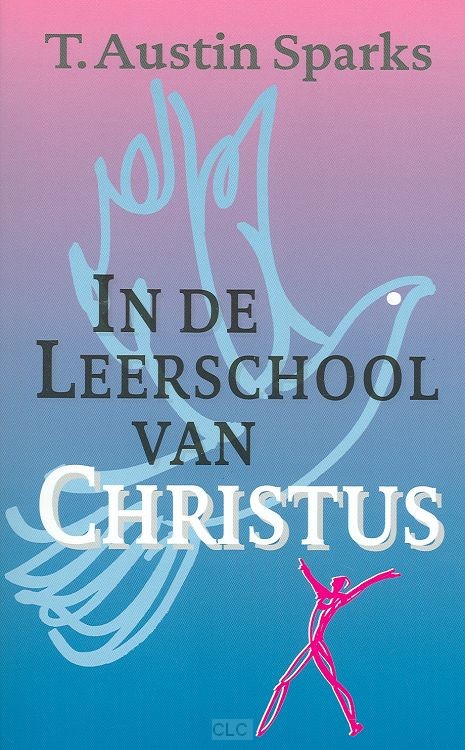
They discuss the subject-matter and structural difficulties of his novels, and explore the problems Flaubert faced in their composition, giving the reader a unique glimpse of his art in the making. Their themes often arise from his life as a reader and writer.

Maxime Du Camp, journalist, photographer and travelling companion of Flaubert.Marie-Louise Léonie Brainne (née Rivière), journalist.

Louis Bouilhet, poet and friend of Flaubert from childhood.Princesse Mathilde Bonaparte, niece of Napoleon I, cousin of Napoleon III, literary patron.From those that survive it appears that his principal correspondents were as follows. Many of those addressed to Maxime Du Camp, Guy de Maupassant and Louis Bouilhet were destroyed in this way. They provide a valuable glimpse of his methods of work and his literary philosophy, as well as documenting his social life, political opinions, and increasing disgust with bourgeois society.Ĥ481 letters by Flaubert survive, a number which would have been considerably higher but for a series of burnings of his letters to his friends. His main correspondents include family members, business associates and fellow-writers such as Théophile Gautier, the Goncourt brothers, Guy de Maupassant, Charles Augustin Sainte-Beuve, George Sand, Ivan Turgenev and Émile Zola. They are considered one of the finest bodies of letters in French literature, admired even by many who are critical of Flaubert's novels. The letters of Gustave Flaubert (French: la correspondance de Flaubert), the 19th-century French novelist, range in date from 1829, when he was 7 or 8 years old, to a day or two before his death in 1880.


 0 kommentar(er)
0 kommentar(er)
